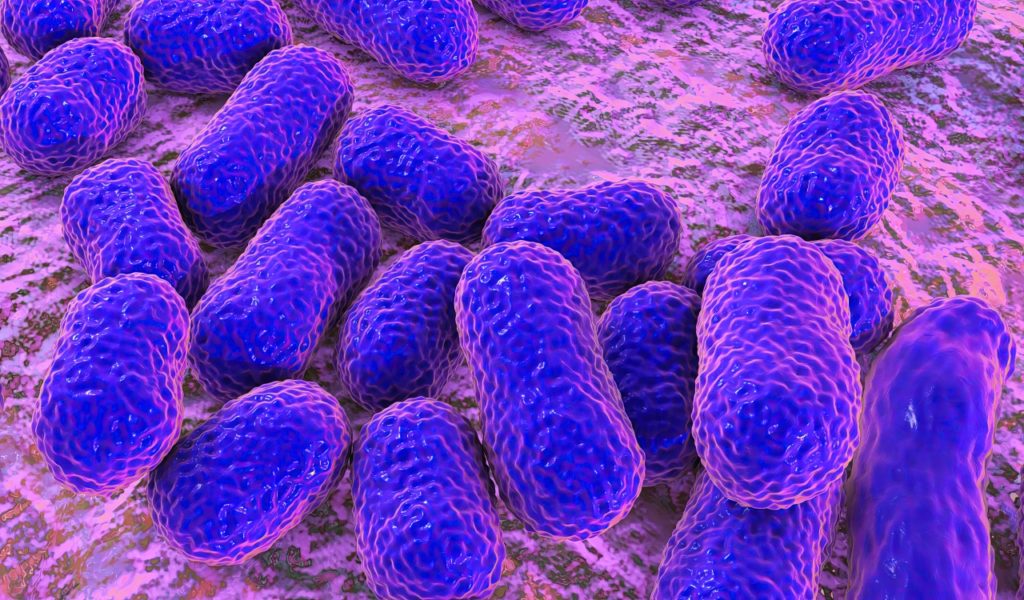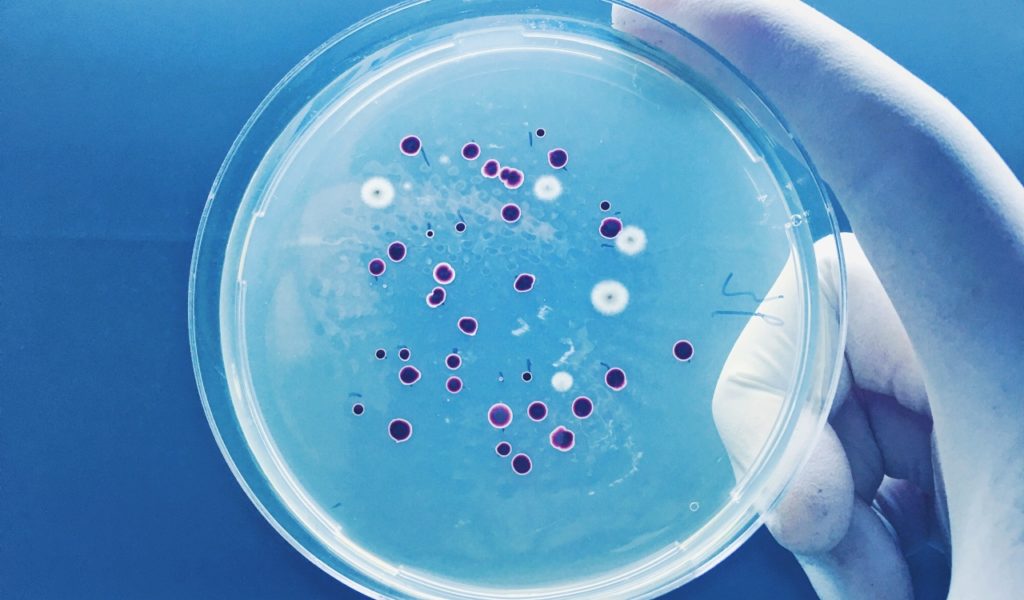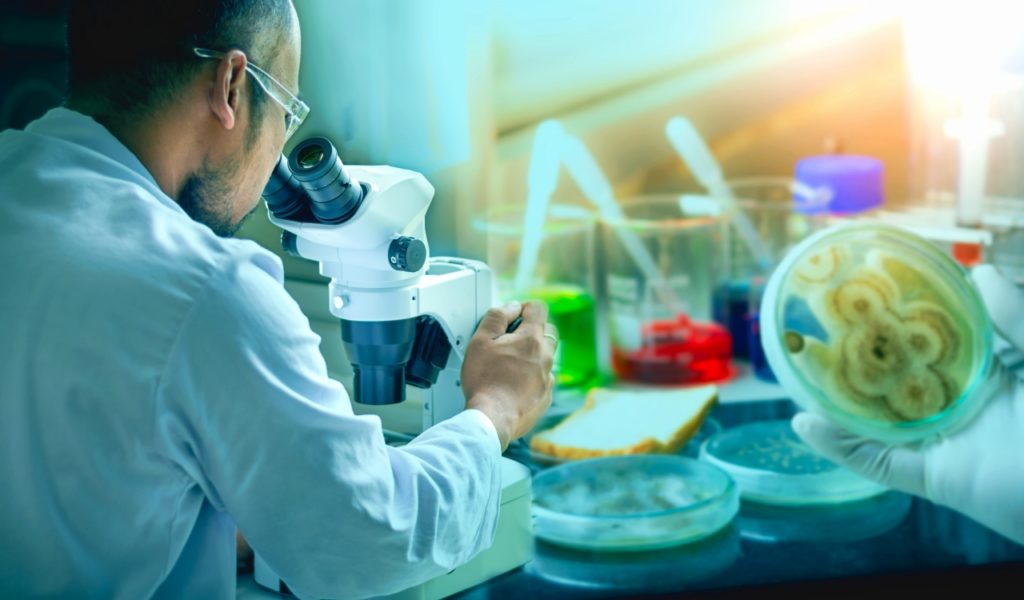We all know how incredibly far artificial intelligence has come. In just the past 5 years alone, AI has been able to lead to some major new technology. On top of that, its use in things like ChatGBT has allowed people the ability to access information like never before. Now, AI has made history again.
Scientists from McMaster University & Massachusetts Institute of Technology (MIT), with the help of artificial intelligence, have discovered a new antibiotic that is able to kill a deadly supervirus. They recently published their findings in the latest Nature Chemical Biology journal.
Healthcare professionals know Acinetobacter baumannii supervirus best as a bacteria that people often contract inside hospitals. This has sadly made it particularly strong and tough to battle with normal antibiotics.
The World Health Organization claims it is a multidrug-resistant bacteria that poses a major threat to hospitals worldwide. They even rank it among their “Priority 1: Critical” bacteria or pathogens for which antibiotics are in desperate need.
Perhaps those who might be the most at risk are those who require the use of ventilators and blood catheters. According to the Centers for Disease Control & Prevention (CDC), it infected 8,500 people in hospitals and killed 700 in 2017 alone.
How Acinetobacter baumanni Is Transmitted

The World Health Organization claims that Acinetobacter is a horrific form of bacteria. It’s able to cause severe and even deadly infections such as pneumonia and even bloodstream infections. They went on to claim:
“These bacteria have built-in abilities to find new ways to resist treatment and can pass along genetic material that allows other bacteria to become drug-resistant as well.”
Those most at risk or most likely to see the acinetobacter baumannii bacteria are those with open surgery wounds. These wounds give the bacteria a place to enter the bloodstream and cause havoc.
What’s so wild is that you can find this bacteria all over the environment, especially in soil and water.
A. baumannii is able to colonize or live in a patient without causing infections or even symptoms. Open wounds are obviously a favorite breeding ground for them. Yet they’ll even go as far as hiding out in respiratory secretions, like sputum.
Now, the bacteria’s days of causing problems inside hospitals might be numbered thanks to artificial intelligence.
Artificial Intelligence Discovers Revolutionary Antibacterial Chemical

Scientists screen hundreds of antibacterial compounds using an artificial intelligence system. Their goal was to identify new structural classes, but they happened across something greater. During the screening, they discovered a brand new antibacterial molecule known as RS102895, which they renamed “Abaucin.”
Gary Liu is a graduate student at McMaster University who was part of the screening. He said regarding the discovery:
“We had a whole bunch of data that was just telling us about which chemicals were able to kill a bunch of bacteria and which ones weren’t. My job was to train this model, and all that this model was going to be doing is telling us essentially if new molecules will have antibacterial properties or not.
Then basically through that, we’re able to just increase the efficiency of the drug discovery pipeline and … hone in all the molecules that we really want to care about.”
The artificial intelligence model inspected 6,680 compounds that were not known earlier. In total, they evaluated 7,684 drugs and other active ingredients of drugs. They were hoping to find out which would be effective against their lab-grown bacteria.
This entire AI research only took an hour and a half. By the end, it had produced 240 compounds. After this, these very compounds were tested in a laboratory. This was when they were able to find that they had discovered the Abaucin antibiotic.
It was actually among nine other potential antibiotics discovered with the help of this very AI model.
Putting Abaucin To The Test

Sure, it’s easy to discover a possible antibiotic. However, you still need to test what it can do. This was why the scientists put Abaucin up against the A. baumannii bacteria. The bacteria had settled inside a lab mouse wound prior to this.
To everyone’s surprise and joy, the new antibiotic effectively suppressed the infection.
Jonathan Stokes, an Assistant Professor at McMaster University’s Department of Biomedicine & Biochemistry, led the study. He said regarding the successful testing:
“This work validates the benefits of machine learning in the search for new antibiotics. Using AI, we can rapidly explore vast regions of chemical space, significantly increasing the chances of discovering fundamentally new antibacterial molecules.
We know broad-spectrum antibiotics are suboptimal and that pathogens have the ability to evolve and adjust to every trick we throw at them…AI methods afford us the opportunity to vastly increase the rate at which we discover new antibiotics, and we can do it at a reduced cost. This is an important avenue of exploration for new antibiotic drugs.”
The Future Of Abaucin:
When asked about the future of Abaucin, Stokes claimed:
“It’s important to remember right when we’re trying to develop a drug, it doesn’t just have to kill the bacterium. It also has to be well tolerated in humans and it has to get to the infection site and stay at the infection site long enough to elicit an effect.”
Let’s hope humans will be able to tolerate it. Of course, it will need more testing before going out to hospitals all over the world.
Artificial Intelligence is clearly proving to be valuable. If it can help us discover things like this, what could be next? A cure for HIV/AIDS or perhaps even better treatments or a cure for cancer?
It’s clear that there is a lot of potential. It’ll be interesting to see what AI is able to do with that potential and what people can do with these AI systems along the way. Technology overall is becoming a major asset to the healthcare field. Let’s hope we see more of this going forward.
References:
With AI, researchers identify a new class of antibiotic candidates
Scientists use AI to discover new antibiotic to treat deadly superbug